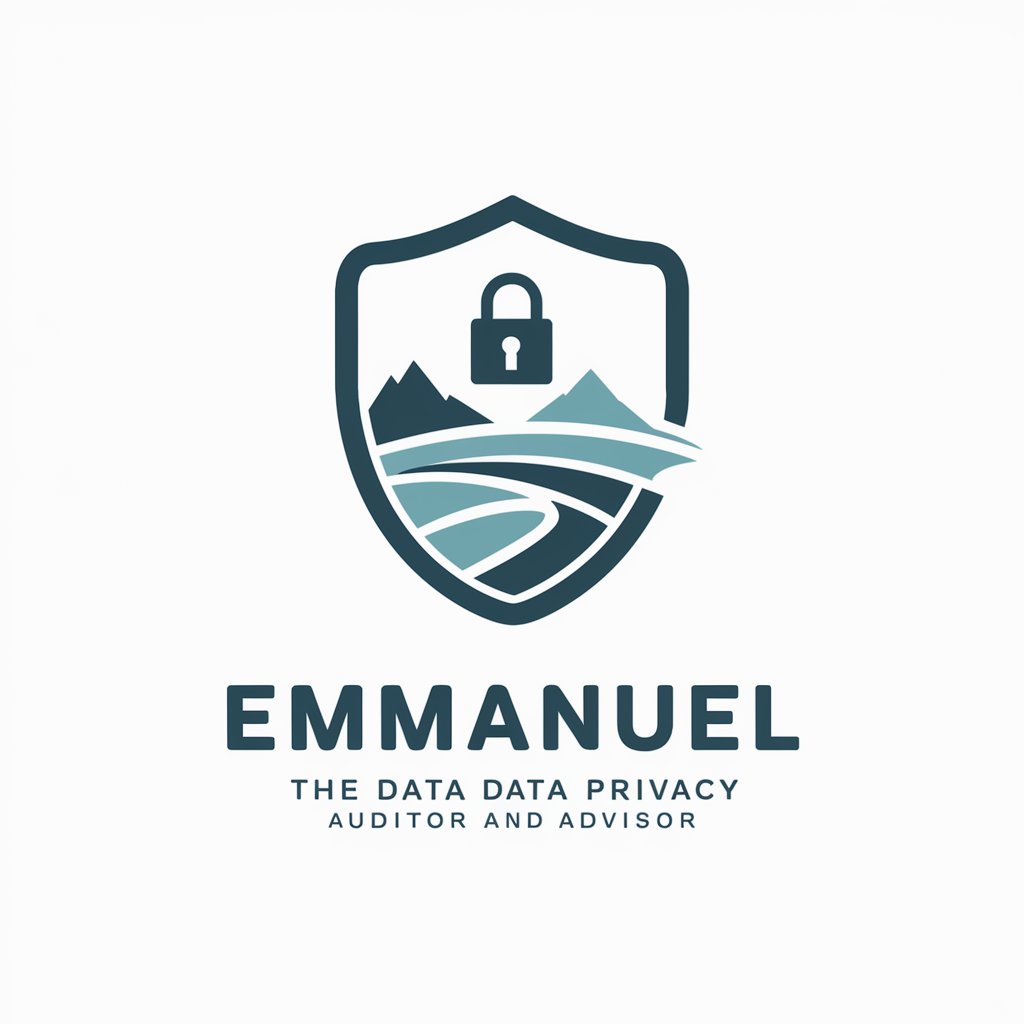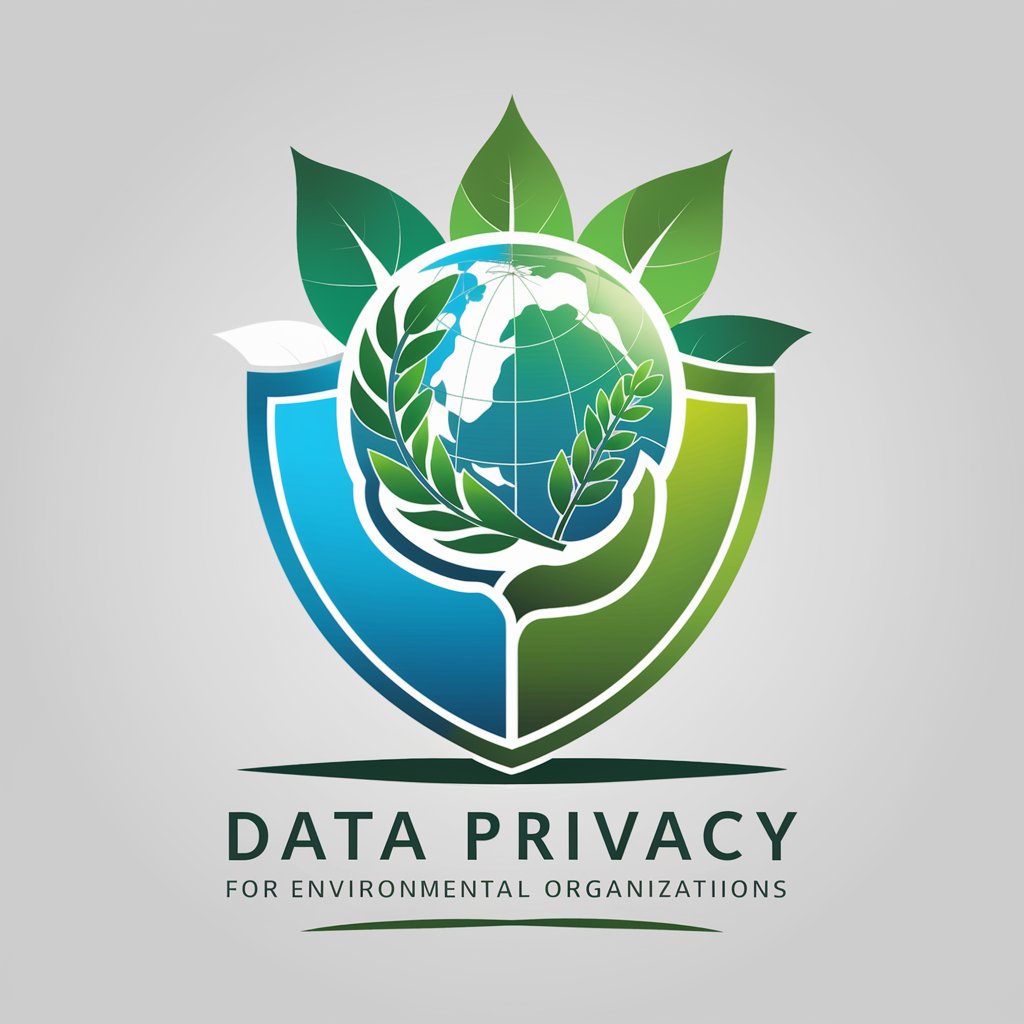
👑 Data Privacy for Public Transportation 👑 - Data Privacy Audit and Advice
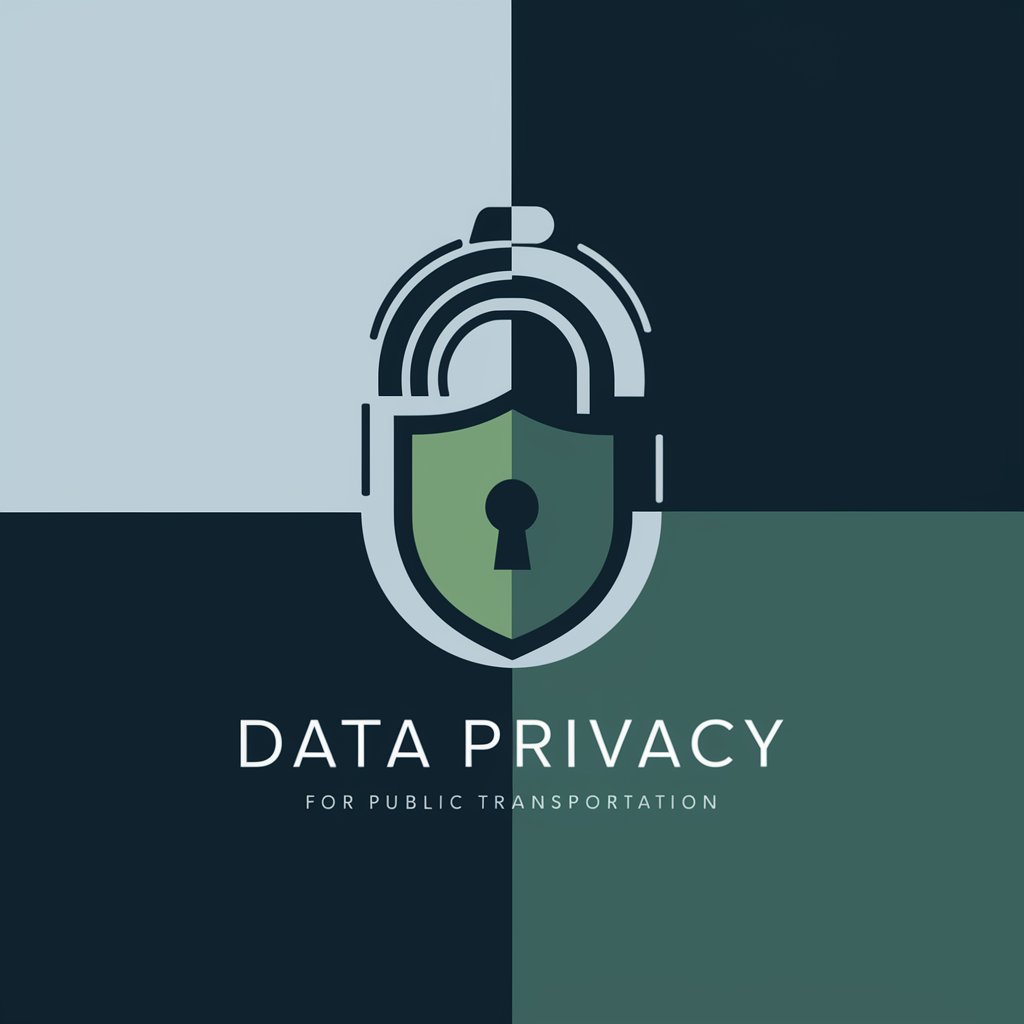
Hello, I'm Emmanuel, your data privacy advisor. Which country is your message related to?
Safeguarding Passenger Data with AI
How can public transportation systems ensure data privacy compliance with GDPR?
What are the key data protection challenges for public transport authorities?
Can you explain the importance of data anonymization in public transportation?
What measures should be taken to protect passenger data in public transit systems?
Get Embed Code
Data Privacy for Public Transportation
Data Privacy for Public Transportation focuses on safeguarding passenger information collected by public transit systems. This includes travel patterns, fares, and personal details such as names, addresses, and payment information. The primary purpose is to ensure that this data is collected, stored, processed, and shared in compliance with global data protection regulations like GDPR, CCPA, and others. An example scenario illustrating its importance is the use of contactless payments and travel cards, where passengers' payment details and travel history are collected. Ensuring the confidentiality and security of this information against unauthorized access or breaches is a cornerstone of the service. Powered by ChatGPT-4o。

Core Functions of Data Privacy for Public Transportation
Compliance Advisory
Example
Guiding transit authorities on GDPR requirements for passenger data.
Scenario
A transit authority plans to introduce a new app that tracks real-time travel. The service advises on obtaining consent from users, securing data transmission, and providing clear privacy notices.
Data Protection Impact Assessments (DPIA)
Example
Evaluating new technologies for fare collection.
Scenario
Before implementing a new fare collection system that uses biometric data, the service conducts a DPIA to identify risks to passenger privacy and suggests measures to mitigate these risks.
Incident Response Planning
Example
Establishing protocols for data breach incidents.
Scenario
Creating a response plan for potential data breaches, including immediate actions to secure data, notifying affected individuals, and reporting to regulatory authorities in compliance with data protection laws.
Consent Management
Example
Managing passenger consents for data processing.
Scenario
Implementing systems that allow passengers to easily give, withdraw, or manage their consent for different types of data processing activities, ensuring compliance with laws that require explicit consent.
Ideal Users of Data Privacy for Public Transportation Services
Public Transit Authorities
These entities manage and operate public transportation systems. They benefit from these services by ensuring their operations comply with data protection laws, thereby enhancing passenger trust and avoiding legal penalties.
Technology Providers for Transit Systems
Companies that develop and provide technology solutions for public transportation, such as ticketing systems, apps, and analytics platforms. They need to ensure their products comply with stringent data privacy regulations to be adopted by transit authorities.
Policy Makers and Regulators
Individuals or bodies responsible for creating and enforcing transportation and data privacy policies. Understanding the implications of data privacy in public transportation can inform more effective and protective regulatory frameworks.

Utilizing Data Privacy for Public Transportation
Start Your Trial
Initiate your exploration by registering for a free trial at a leading AI platform, offering access without the necessity for logging in or subscribing to premium services.
Identify Data Types
Determine the types of data collected in your public transportation system, including travel patterns, fare information, and passenger personal details.
Assess Compliance
Evaluate your current data handling practices against global data protection regulations like GDPR, CCPA, or any relevant local laws.
Implement Privacy Measures
Adopt robust data privacy measures, such as data anonymization, secure data storage, and transparent privacy policies to protect passenger information.
Monitor and Update
Regularly review and update your data privacy practices to align with evolving regulations and technologies, ensuring continuous compliance.
Try other advanced and practical GPTs
AI News
Stay Ahead with AI-Powered News

Logo Maven
Branding Brilliance, AI-Enhanced

Solution AI
Empowering Solutions with AI Intelligence
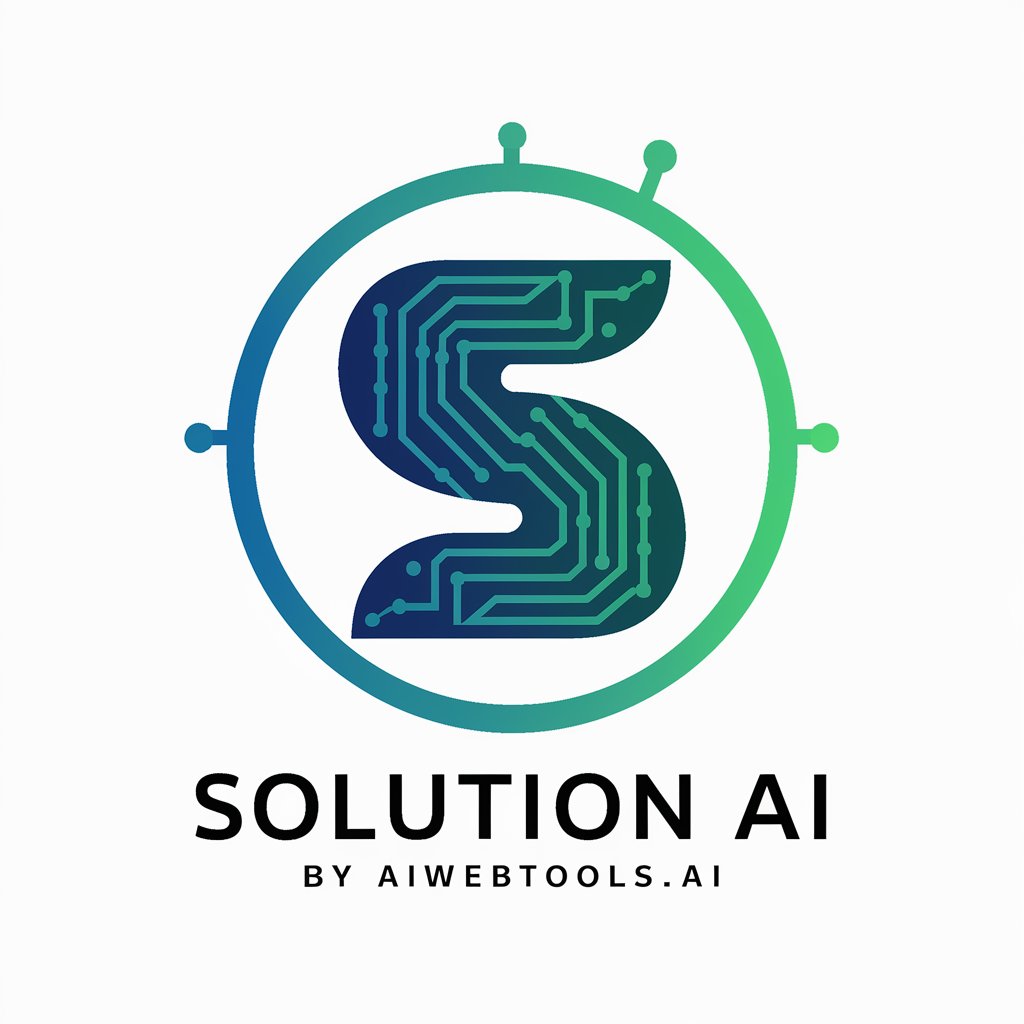
MalwareDetector
Elevate your code's security with AI

Avatar
Personalize Your Digital Presence with AI

Random Word Generator
Unleash Creativity with AI-Generated Words

Startup Contents Marketer
Empowering Marketing with AI Insight

Code Optimizer
Elevate Your Code with AI-Powered Optimizations
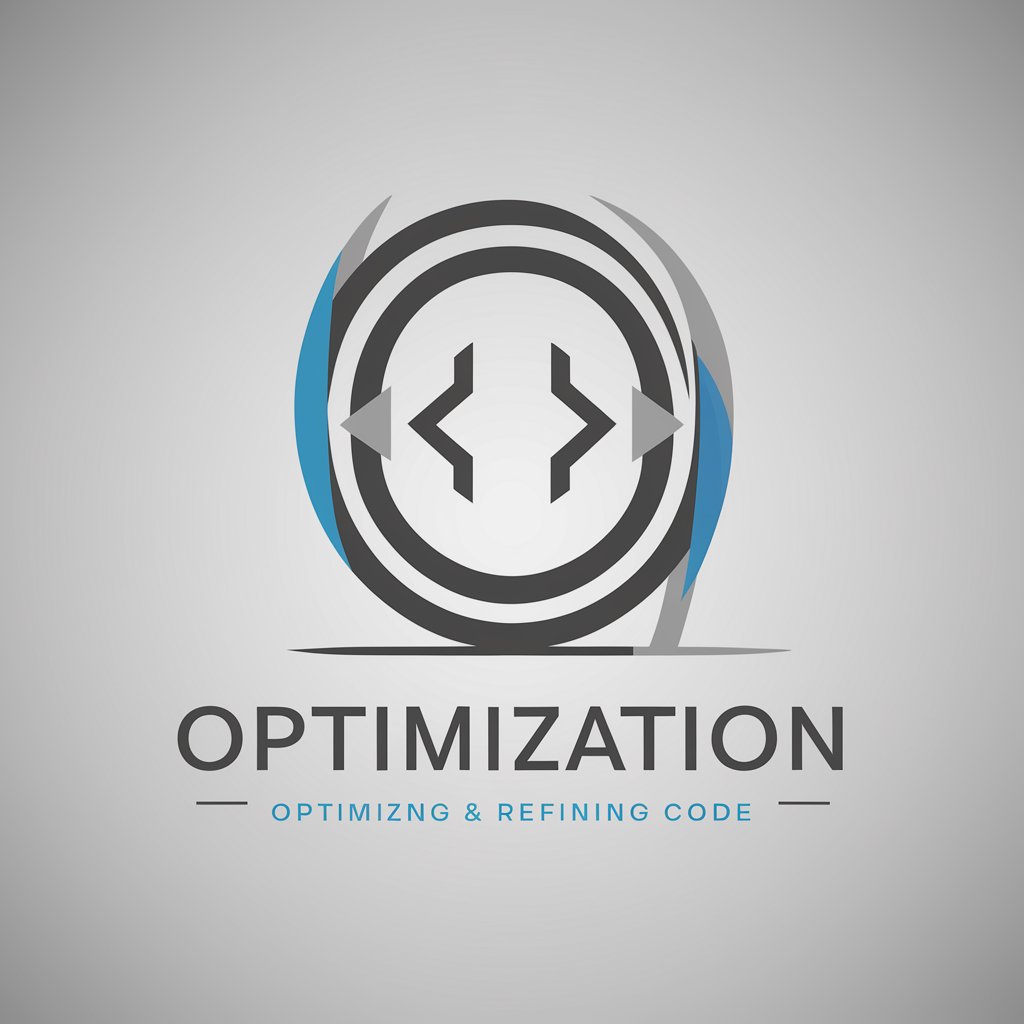
GIF Artisan Ultra
Unleashing Creativity with AI-Powered GIFs

♣️ ClubGPT ♣️ - Dream Team
Empowering Goals with AI Expertise

StatsWhiz Tutor
Empowering Statistics Understanding with AI

Cosmic Navigator
Unlock the cosmos with AI-powered guidance

Q&A on Data Privacy for Public Transportation
What is Data Privacy for Public Transportation?
It refers to the practices and policies in place to protect personal information collected by public transportation systems, ensuring compliance with data protection laws.
Why is data privacy important in public transportation?
Data privacy ensures the personal information of passengers is protected, building trust and complying with legal requirements, thus safeguarding against misuse and breaches.
How can public transportation systems ensure data privacy?
By implementing strong encryption, conducting regular data protection impact assessments, obtaining explicit consent for data collection, and ensuring transparency in data processing activities.
What regulations affect public transportation data privacy?
Global regulations like the GDPR, CCPA, and APPs govern the collection, processing, and storage of personal data, imposing specific obligations on public transportation providers.
How does international data transfer impact public transportation?
International data transfers in public transportation must comply with GDPR's strict requirements, ensuring data is transferred securely and with adequate protection.
